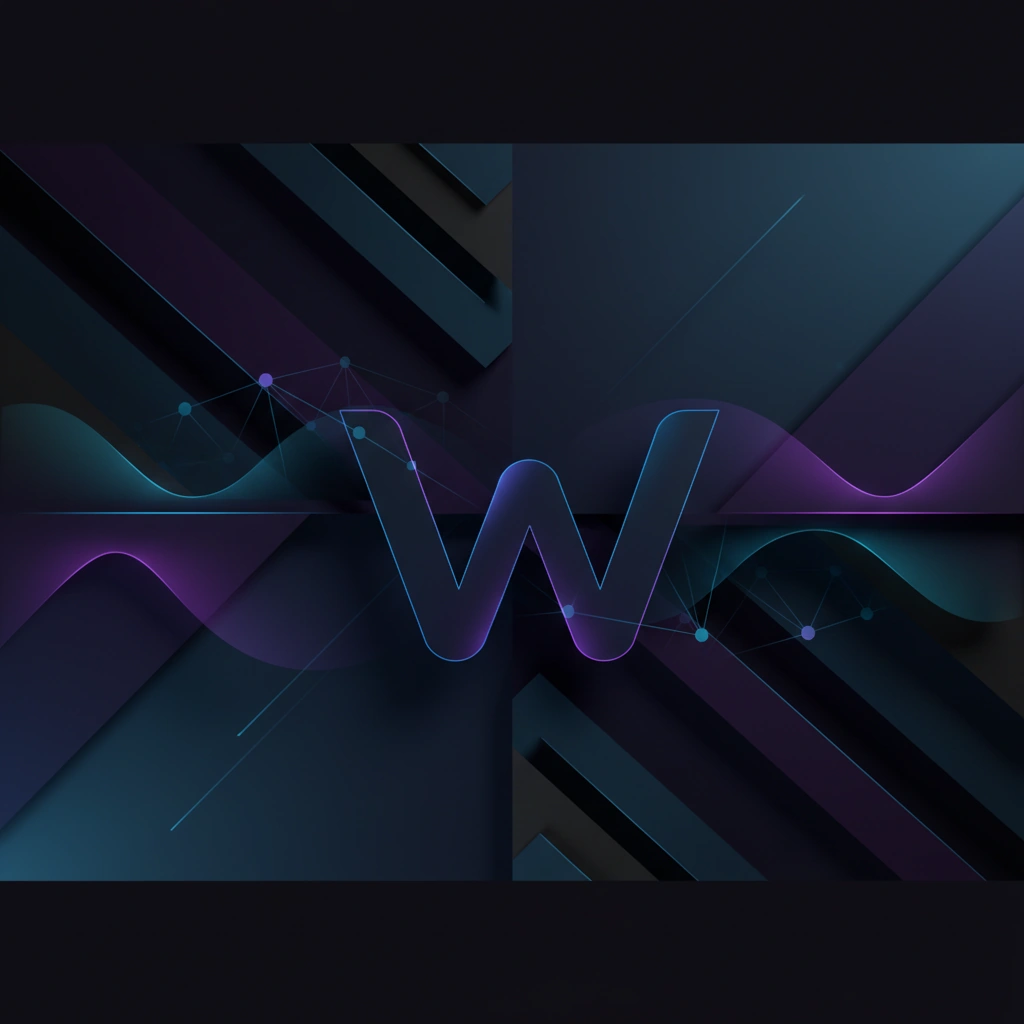5 Key Innovations That Made WGANs a Generative AI Breakthrough
Wasserstein GANs revolutionized generative AI through mathematical innovations that solved training instabilities. Understanding these breakthroughs reveals how modern image and video synthesis became possible.

Generative Adversarial Networks (GANs) promised a revolution in AI-generated content, but early implementations were notoriously unstable. Training would collapse, mode collapse plagued outputs, and results were unpredictable. Then came Wasserstein GANs (WGANs) in 2017, introducing mathematical innovations that transformed generative AI and paved the way for today's sophisticated image and video synthesis systems.
The Wasserstein Distance Revolution
The most fundamental breakthrough in WGANs was replacing the Jensen-Shannon divergence with the Wasserstein distance (also called Earth Mover's distance) as the loss metric. While this may sound like an abstract mathematical choice, it had profound practical implications.
Traditional GANs measured the similarity between real and generated distributions using Jensen-Shannon divergence, which becomes undefined when distributions don't overlap—a common occurrence during training. The Wasserstein distance, by contrast, provides a meaningful gradient even when distributions are completely separate, measuring the "cost" of transforming one distribution into another.
This mathematical property directly translated to more stable training. Instead of the discriminator becoming too confident and providing useless gradients to the generator, WGANs maintain informative gradients throughout training, enabling consistent improvement.
Weight Clipping for Lipschitz Continuity
WGANs introduced a deceptively simple but crucial constraint: weight clipping. The mathematical theory behind Wasserstein distance requires the critic (discriminator) to be 1-Lipschitz continuous—essentially, its output can't change too drastically for small input changes.
The original WGAN implementation enforced this by clipping all weights in the critic to a small range (typically [-0.01, 0.01]). While crude, this constraint prevented the pathological behaviors that plagued traditional GANs. The critic couldn't develop extreme confidence, maintaining balanced training dynamics between generator and discriminator.
Gradient Penalty: An Improved Approach
Later refinements introduced gradient penalty as a more sophisticated alternative to weight clipping. WGAN-GP (Gradient Penalty) enforces Lipschitz continuity by penalizing the critic when its gradients deviate from norm 1, rather than hard-constraining weights. This approach allows more expressive critic functions while maintaining the mathematical properties that make Wasserstein distance effective.
The Critic Instead of Discriminator
WGANs reframe the discriminator as a critic—a subtle but meaningful distinction. Rather than outputting a probability (real vs. fake), the critic produces a score representing the Wasserstein distance. This removes the need for the final sigmoid activation and binary cross-entropy loss.
The critic's unbounded output range means it can provide stronger training signals. In traditional GANs, once the discriminator becomes confident (outputs near 0 or 1), gradients vanish. The critic's continuous scoring maintains gradient flow even when it's confident about quality differences.
Meaningful Loss Correlation
Perhaps the most practically useful innovation: WGAN loss actually correlates with sample quality. In traditional GANs, monitoring training progress was notoriously difficult—low discriminator loss didn't necessarily mean good generated samples.
With WGANs, decreasing Wasserstein distance genuinely indicates improving sample quality. This makes training monitoring straightforward and enables informed decisions about when to stop training or adjust hyperparameters. For researchers and practitioners, this predictability was transformative.
Removing Careful Balancing Requirements
Traditional GANs required careful balancing between generator and discriminator training—too much discriminator training could lead to vanishing gradients, too little could prevent the generator from learning effectively. WGANs largely eliminated this balancing act.
The mathematical properties of Wasserstein distance mean you can train the critic to optimality without harming generator training. In fact, the better trained the critic, the better the gradient signal for the generator. This counterintuitive property simplified training protocols and made GANs more accessible.
Impact on Modern Generative AI
WGANs' innovations rippled through generative AI development. While diffusion models have recently dominated image generation, WGAN principles influenced StyleGAN, Progressive GAN, and numerous video synthesis architectures. The emphasis on stable training, meaningful metrics, and solid mathematical foundations became design priorities across generative modeling.
For video generation specifically, WGANs' stability advantages proved crucial. Video GANs must handle temporal consistency alongside spatial quality—WGAN's reliable training dynamics made these multi-dimensional challenges more tractable.
The legacy of WGANs extends beyond their direct applications. They demonstrated that principled mathematical foundations could solve practical deep learning challenges, inspiring research into other theoretically-grounded approaches to generative modeling. Understanding WGANs remains essential for anyone working with or evaluating AI-generated visual content.
Stay informed on AI video and digital authenticity. Follow Skrew AI News.



